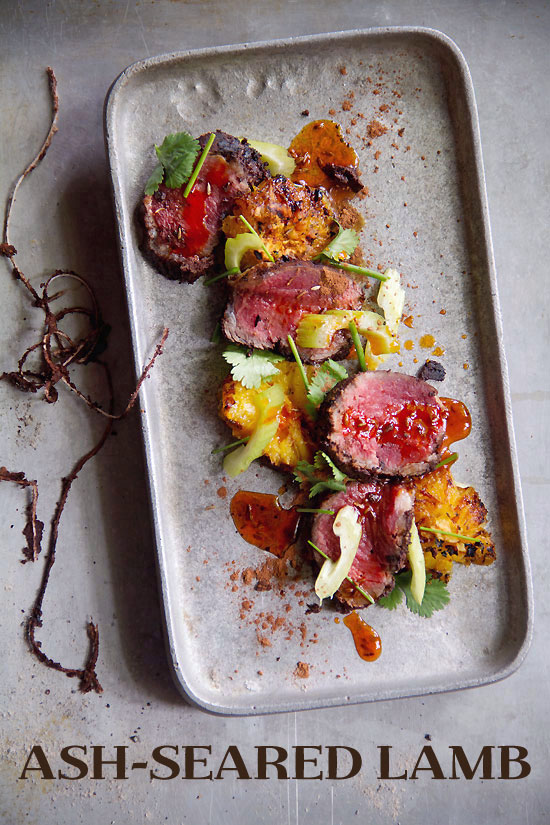
Fire makes food taste damn good. So good that I believe cavemen invented fire just to get a nice char on their brontosaurus steak (ug ug). Paleontologists will insist that fire was invented not so much to make food more delicious, but to make it more digestible. Malarkey! This is 2016, science has been debunked! The earth is flat and cavemen loved brontosaurus steak. So gather around the fire because Greg Denton and Gabi Quiñónez Denton have written a marvelous new cookbook designed to get us out of our cooking rut by playing with fire. Around the Fire: Recipes for Inspired Grilling and Seasonal Feasting from Ox Restaurant.
Around the Fire focuses on wood-fired food inspired by Gabi’s South American heritage and the great grilling traditions of Argentinan campestre cooking. A style of live fire cooking that’s as straightforward as it is appealing. It’s known in Argentina as asado, and it typically consists of beef, lamb, chicken, and/or sausages topped with a pungent herb-laced sauce called chimichurri. It’s more than just a way of cooking meat. In South America, it’s a social occasion.
Around the Fire takes that blueprint and updates it with global influences and seasonal produce. Of course, there are lots of creative takes and techniques for grilled meat, but there’s also an entire chapter devoted to grilled vegetables. Snap peas blistered over an open flame are tossed with “everything bagel” seasoning. Grilled butternut squash is sprinkled with za’atar. Portobello mushrooms are served like a grilled steak with “faux béarnaise”. These creative combinations will inspire you to “devote more real-estate on the grill to vegetables” because they’re the kind of recipes that could work as either a side dish or a vegetarian entree.
However, this book is far more than just another backyard BBQ primer. It’s changed the way I think about cooking in general. This book will influence the food I cook and the flavors I crave for quite some time. I’m sure you’ll see its influence on these pages in the future.
As inspiring as this book is, it’s also quite challenging. Both for its techniques and for the way it uses and chooses ingredients. It may even make you look at something as simple as soy sauce differently. Which I hope won’t discourage too many cooks because Around the Fire is a cookbook that presents bold flavors in restaurant-style recipes, but manages to explain these tastes and techniques in approachable terms that should inspire all levels of cooks.
Including me. I am unabashedly inspired by every page in this exciting cookbook. Which doesn’t leave much room for constructive criticism. Therefore, this post is not so much a review as it is the beginning of a very long exploration. An exploration that will extend beyond the grill and permanently color my creative choices in the kitchen.
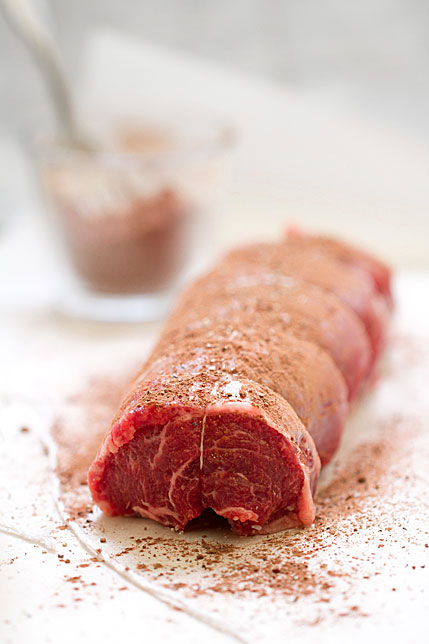
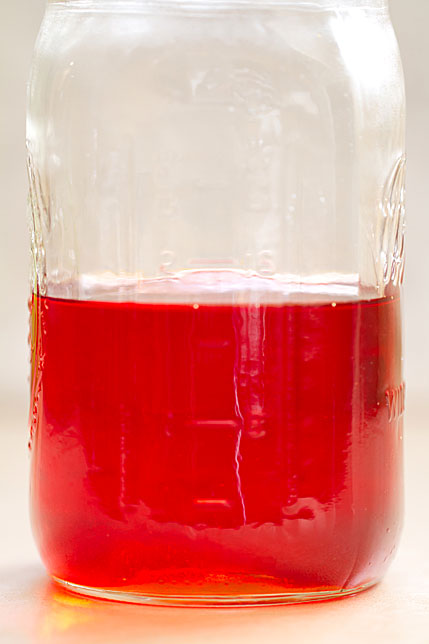
Around the Fire: Recipes for Inspired Grilling and Seasonal Feasting from Ox Restaurant
To get the exploration started I’ve chosen one recipe that sums up the book for me. It’s boldly creative, it’s ingredient-focused, and it’s taught me something new about cooking with live fire. I’m talking about a Cocoa-Rubbed and Ash-Seared Lamb Loin with Celery, Cilantro, Charred Orange, and Cumin-Chile Oil.
The “new thing” that caught my attention about this recipe is the unique technique the authors call ash-searing. The loin is seared on a hot metal cooling rack that sits directly on the coals while they’re at their hottest. It sounds challenging (frightening? dangerous?) but actually, it’s a very simple (and very theatrical) technique that I enjoyed quite a bit. I didn’t have a metal cooling rack (or even know what it is) so I used a cast iron sizzle plate. The technique has the cook nestling the searing surface directly in the hot coals then turning and searing the meat until a very nice charred cocoa crust forms. The meat is then wrapped while still hot in heavy-duty plastic where it finishes cooking. The result is meat that is pink all the way through with very little of that over-done gray part around the edge.
The recipe also features grilled oranges, which are also new to me. Well almost new. I’ve grilled oranges before, but I’ve always used sliced oranges. The pulp pretty much cooks away to nothing and you’re left with a very flavorful rind which I like very much. However, in my experience 80% of the people I serve them to leave them sitting irritatingly on the plate. Not so with the grilled oranges in Around the Fire. These oranges are peeled whole and grilled that way. The sugars are amplified by the flame and the flesh takes on a delicious smoky quality. However, they stay plump and juicy. Imagine these oranges (as the authors do) on “everything from sweetened yogurt to a smoky Old-Fashioned”.
Around the Fire will change the way you think about and cook with fire. GREG
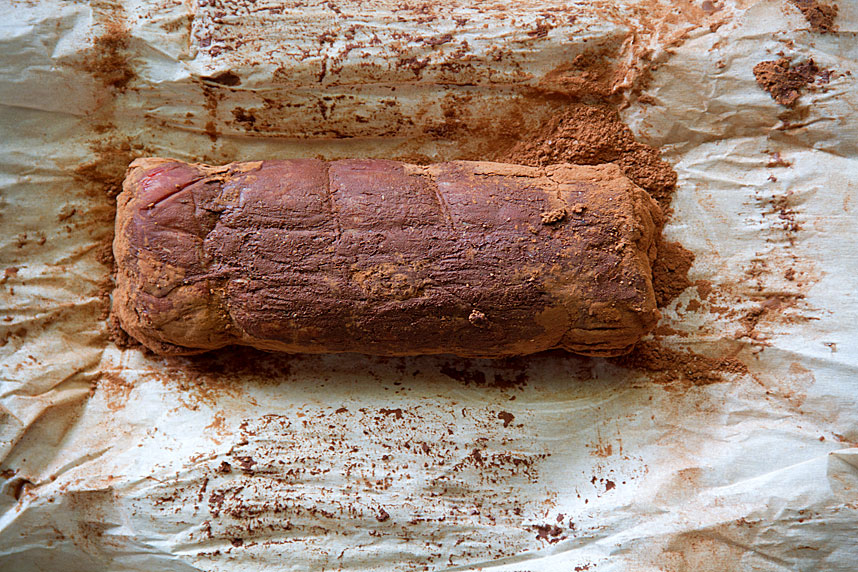
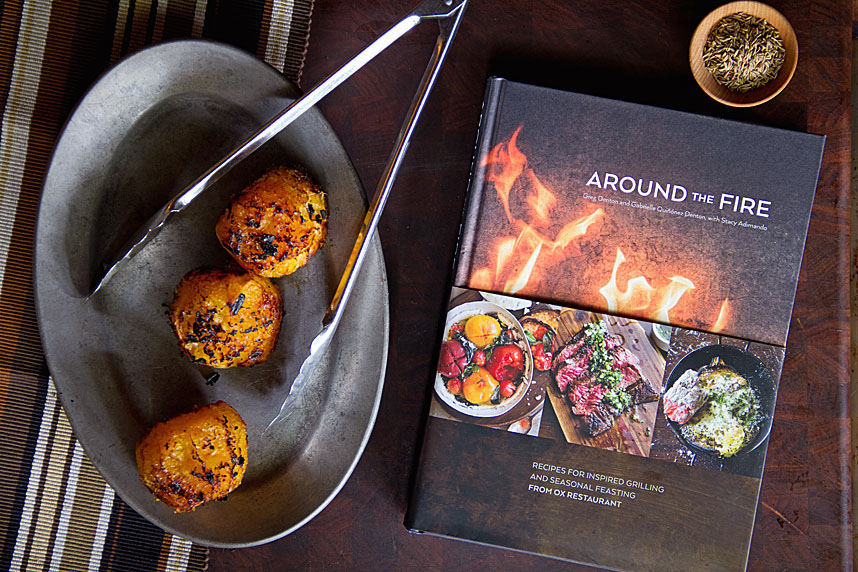
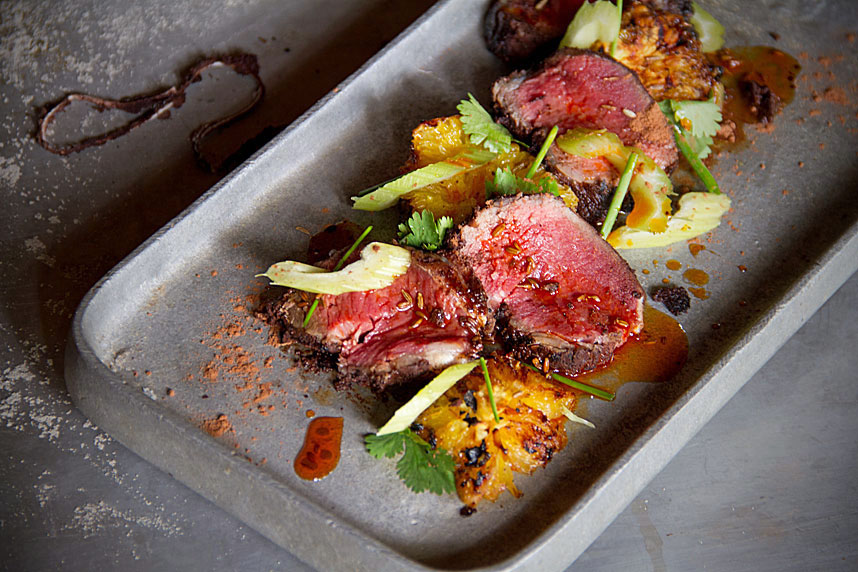
I received a review copy of Around the Fire. All opinions are my own.
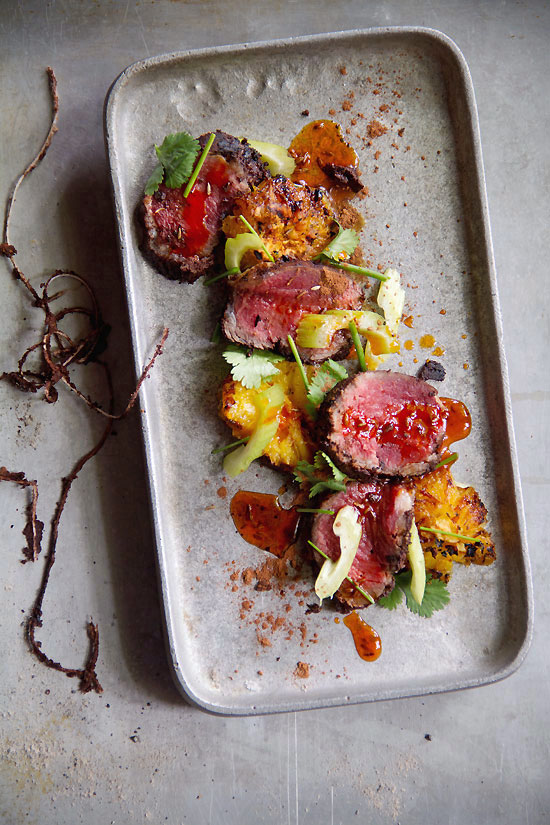
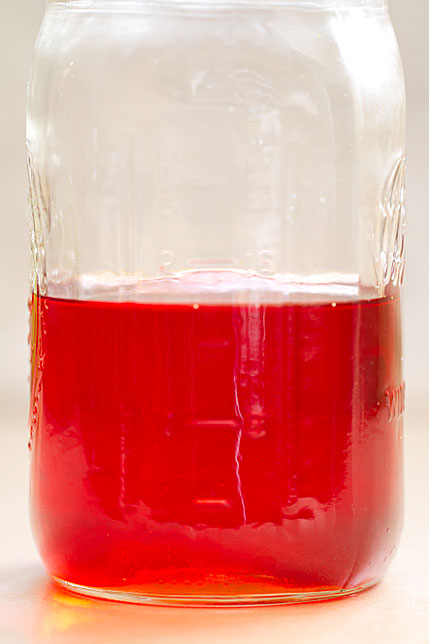
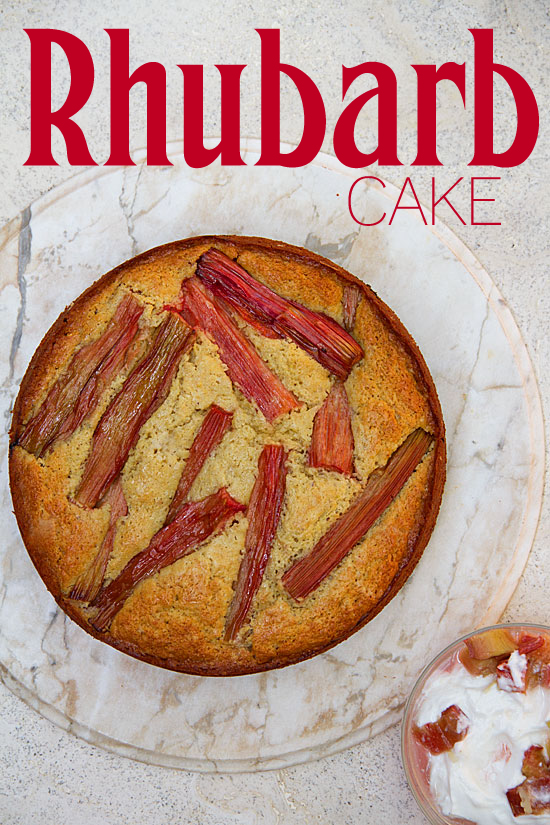
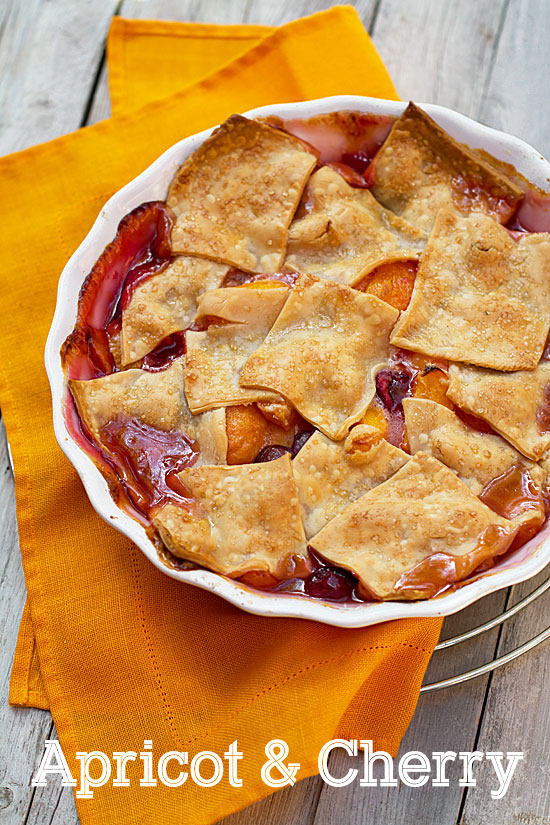
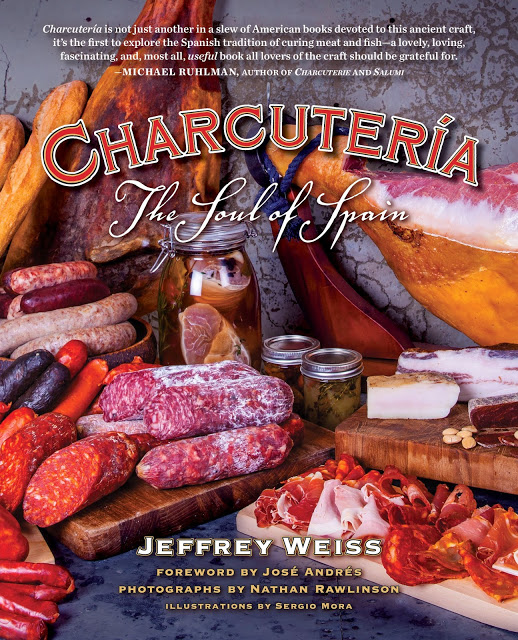
Greg, that first image is gorgeous!! Ox is one restaurant we’ve yet to try in Portland. It’s on our list though.
What a stunning recipe this is, and what an amazing book! If it changed the way you think about cooking, I’m putting it on my list, for sure.
What an intriguing way to cook oranges! Oh the possibilities…
This looks divine Greg! My husband is the grillmeister and I have to convince him to change his style . I’m with Jeff on the cooling rack, it would be ruined.
How interesting. I do have a metal cooling rack, but I’m sure it’d be ruined by being placed directly over hot coals, or into a fire. I think you’d need something more durable than what I have. Nonetheless, the way you pulled it off looks beautiful. I don’t think I’ve ever had a boneless lamb loin. Looks fantastic!
My parents used to make a roast on the rocks, as they called it. Which sounds very much like this. Alas, I don’t have a charcoal grill any longer… I will have to make do without it. Sounds like a great book, though!
Wow, that is a fantastic sounding meal. Lucky you for being able to get lamb loin…I’m having trouble even getting ground lamb since we have moved to our area of Florida.
Wow! That orange-chile oil sounds fab! And I love the presentation. I’ve never tried cocoa in a rub before, but I’m now going to add that to my to-do list.
This sounds like one HOT book. Can’t wait to check this out further and though I don’t eat a lot of meat-Manservant more than makes up for me. This sounds incredible!
HOT! Indeed. GREG
Man, have I missed your cooking! Lamb loin is such a special treat, and here you treated it like royalty. So smart to use a probe thermometer, overcooking this cut would have been such a shame.
Welcome back! GREG